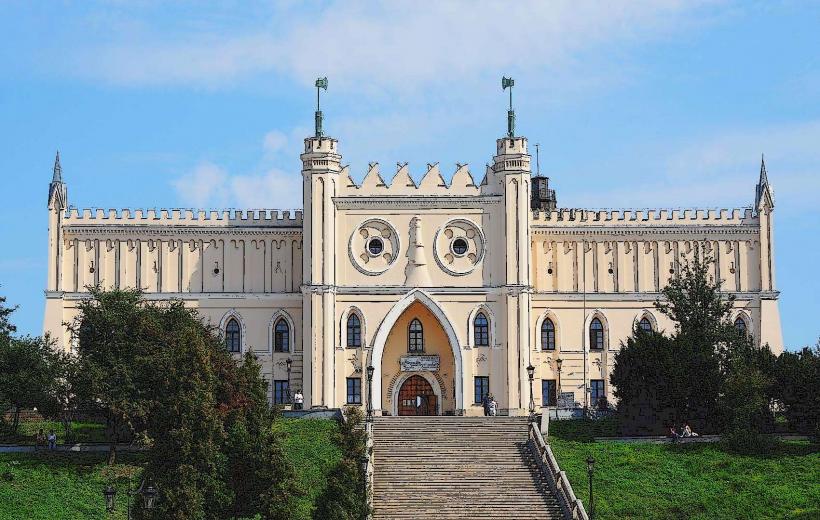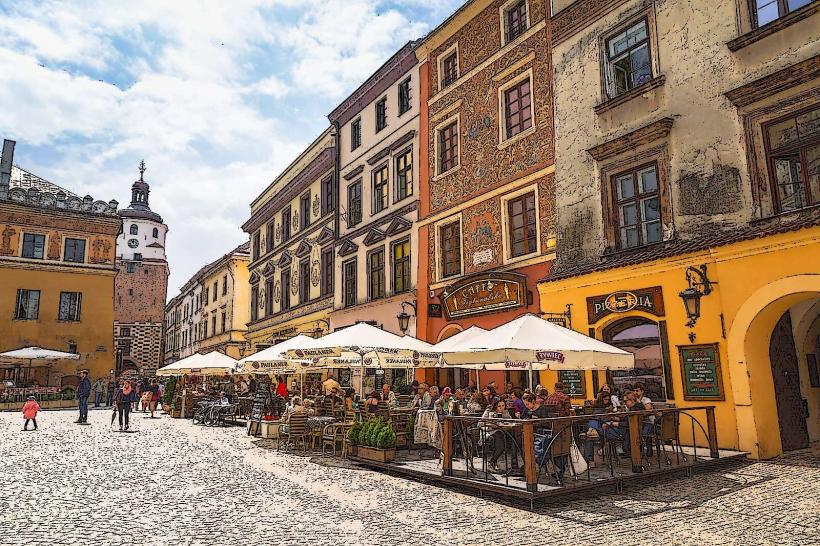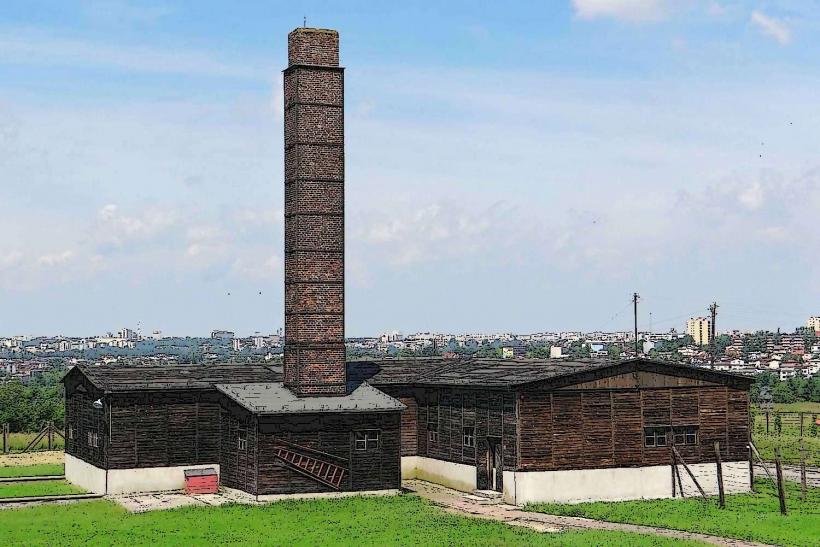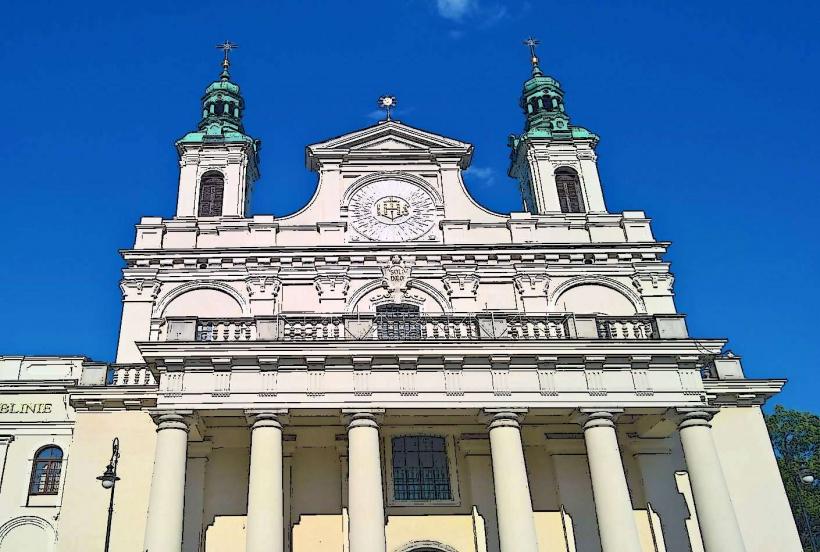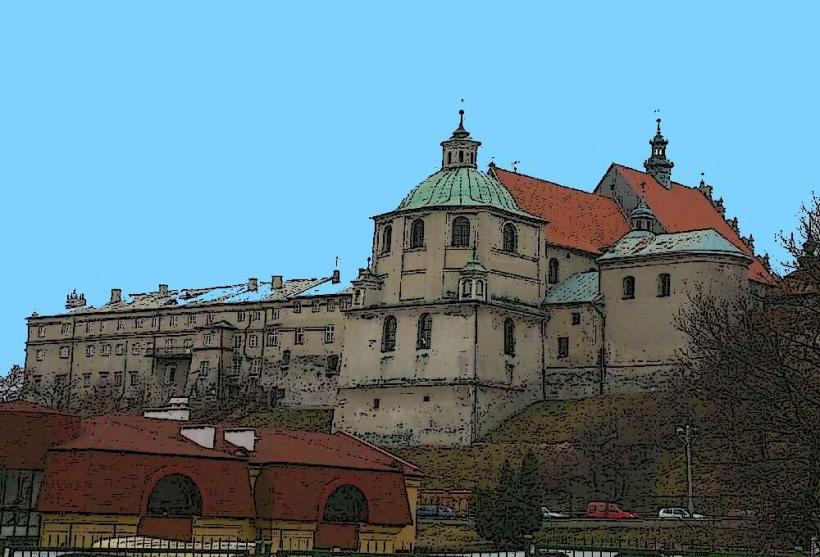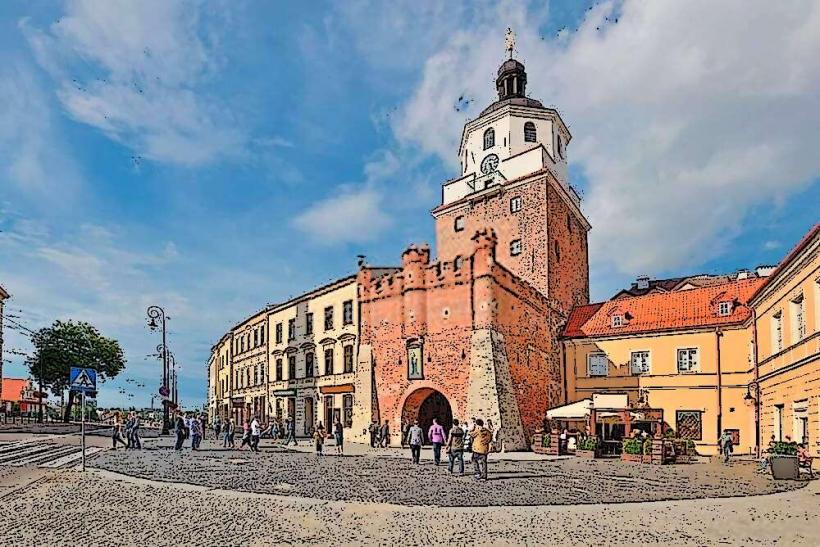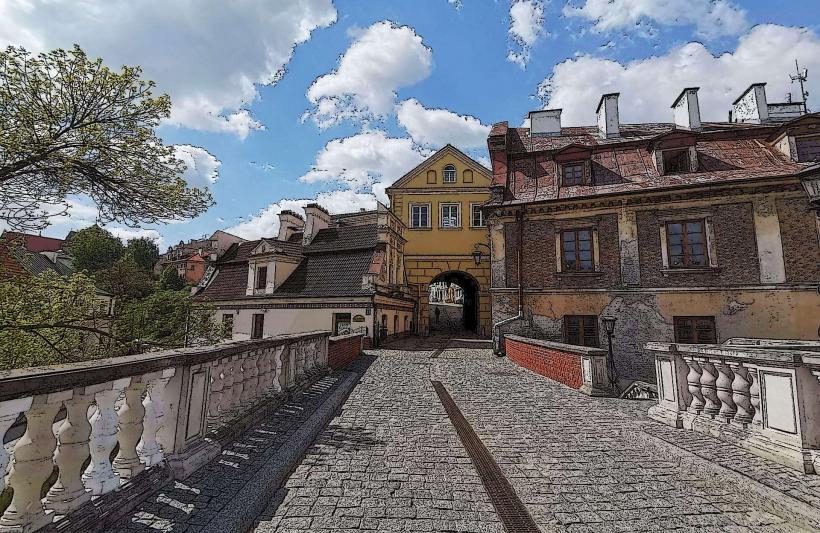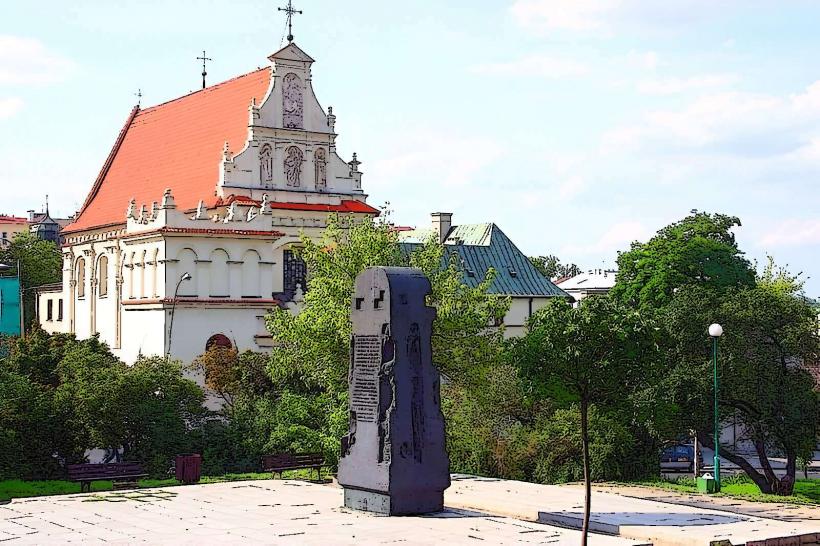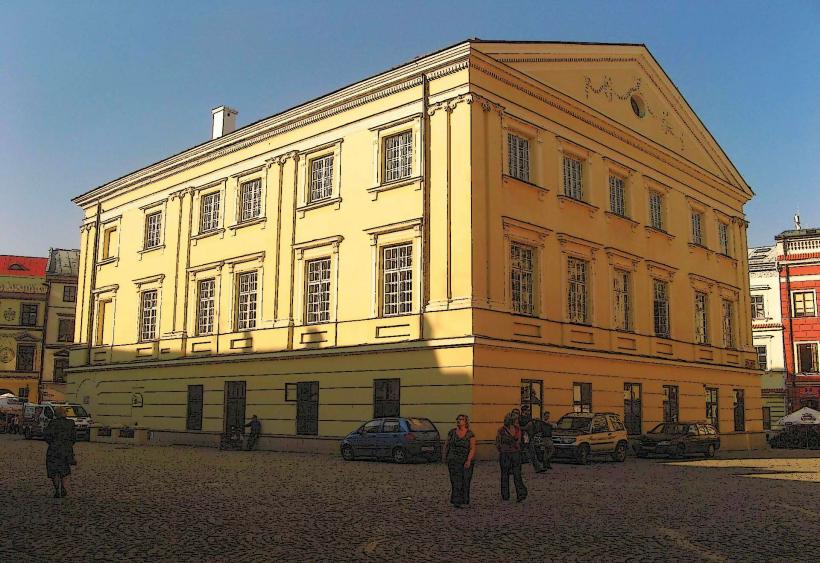Information
Landmark: Open Air Village MuseumCity: Lublin
Country: Poland
Continent: Europe
Lublin Open Air Village Museum (Muzeum Wsi Lubelskiej)
The Lublin Open Air Village Museum (Muzeum Wsi Lubelskiej) is one of the most significant ethnographic museums in Poland. Located just outside the city center of Lublin, it offers visitors a chance to explore and learn about the rural life, traditions, and architecture of the Lublin region over the past centuries. This museum is an important cultural institution that preserves the region's folk heritage and provides insight into the historical way of life in rural Poland.
1. History
Establishment: The Lublin Open Air Village Museum was founded in 1975 with the aim of preserving the ethnographic heritage of the Lublin region. It was established as an open-air museum, where traditional rural buildings and artifacts could be exhibited in their authentic form, recreating a typical rural village from the past.
Development: Over the years, the museum has expanded, and additional buildings were moved here from various villages in the region. The collection grew to include not only architecture but also everyday objects and tools used by rural communities in the past.
Museum Goals: The museum’s primary goal is to showcase the traditional lifestyle, culture, and customs of the people of the Lublin region. It also aims to preserve the architecture of traditional wooden houses, farmsteads, workshops, and religious structures that are representative of the rural areas of eastern Poland.
2. Exhibits and Architecture
The museum is spread out over a large area and is organized into thematic sections that represent different aspects of rural life in Lublin. Visitors can wander through various traditional buildings, including:
Farmhouses and Peasant Homes: The museum features reconstructed farmhouses and cottages, which are filled with original furnishings, tools, and everyday objects. These homes represent the living conditions of various social classes in the region, from the wealthier peasants to the poorer families.
Wooden Churches: The museum houses several wooden churches, which were typical in rural Lublin and the surrounding areas. These structures were carefully disassembled and transported to the museum to preserve their unique architectural style.
Workshops and Crafts: The museum includes exhibits of traditional workshops where various crafts such as pottery, blacksmithing, weaving, and carpentry were practiced. Visitors can see demonstrations of these crafts and learn about their historical significance.
Agricultural Tools: The museum showcases a wide range of agricultural tools and machinery that were used by rural people in the past. Many of these tools have been preserved or restored, offering a glimpse into the hard work and daily tasks of farming communities.
Folk Costumes and Textiles: The museum features a collection of traditional folk costumes, embroideries, and textiles that represent the diverse cultural heritage of the Lublin region. These items are used in cultural festivals and performances, allowing visitors to see the region’s rich traditions firsthand.
3. Landscape and Atmosphere
Natural Surroundings: The museum is set in a picturesque natural landscape, with a large area of green fields, forested paths, and water features. Visitors can enjoy a peaceful walk through the open-air museum, surrounded by recreated rural environments that reflect the historical landscape of the Lublin region.
Thematic Areas: The museum is divided into various thematic sections that replicate different historical periods and aspects of rural life. Some sections are dedicated to specific villages, regions, or types of work, creating a comprehensive and immersive experience for visitors.
Seasonal Events: The museum hosts various seasonal events and festivals throughout the year, such as folk festivals, traditional crafts fairs, and agricultural exhibitions. These events provide an opportunity to experience firsthand the customs, traditions, and festivals of the rural population.
4. Educational Programs and Activities
Workshops and Demonstrations: The museum offers a variety of hands-on workshops for both children and adults, allowing visitors to engage in traditional crafts such as weaving, pottery making, and wood carving. Visitors can also watch live demonstrations of folk dances, music performances, and craft production.
Guided Tours: The museum offers guided tours, which provide in-depth information about the exhibits and the history of the region. Guides share insights into rural life, the architecture, and the customs of the past, bringing the museum’s exhibits to life.
Interactive Exhibits: Some of the museum’s exhibits allow visitors to interact with historical objects or experience certain aspects of rural life through modern technology. Interactive exhibits may involve tasks such as milking cows, threshing grain, or making traditional crafts.
5. Cultural Significance
Preserving Traditions: The Lublin Open Air Village Museum plays an important role in preserving the ethnographic and cultural traditions of the Lublin region, which is historically diverse in terms of ethnic groups, including Poles, Ukrainians, and Jews. The museum not only exhibits the past but also educates future generations on the value of these traditions.
Connection to Rural Life: The museum is a key part of understanding the cultural identity of the Lublin region. It emphasizes the connection between people and the land, showcasing how rural communities developed their own unique traditions and practices based on their environment, religion, and social conditions.
Cultural Revival: The museum contributes to the revival of traditional Polish folk culture and provides a platform for contemporary artists and performers to engage with these cultural roots. The museum’s events, such as folk festivals and traditional performances, help revitalize the cultural heritage of the region.
6. Visitor Information
Location: The Lublin Open Air Village Museum is located about 5 km from the center of Lublin, in the Zemborzyce district. It is easily accessible by car or public transport.
Opening Hours: The museum is typically open to visitors from April to October. Opening hours may vary, especially during the winter months, so it's advisable to check in advance on the museum's official website.
Admission Fees: Entrance fees vary depending on the season and events. Reduced rates are often available for students, children, and groups. The museum also offers free admission on certain days of the year, such as during special national holidays or cultural days.
Facilities: The museum provides facilities such as cafes, gift shops, and picnic areas for visitors to enjoy a relaxing break. There are also toilets and parking available on-site.
7. Summary
The Lublin Open Air Village Museum offers an immersive experience into the rural traditions, architecture, and way of life in the Lublin region of Poland. With its diverse collection of historical buildings, folk artifacts, and interactive experiences, the museum is a must-visit destination for anyone interested in Poland’s rich ethnographic heritage. The museum not only preserves the past but also actively engages with contemporary audiences through educational programs and seasonal events, making it an important cultural institution in the Lublin region.

